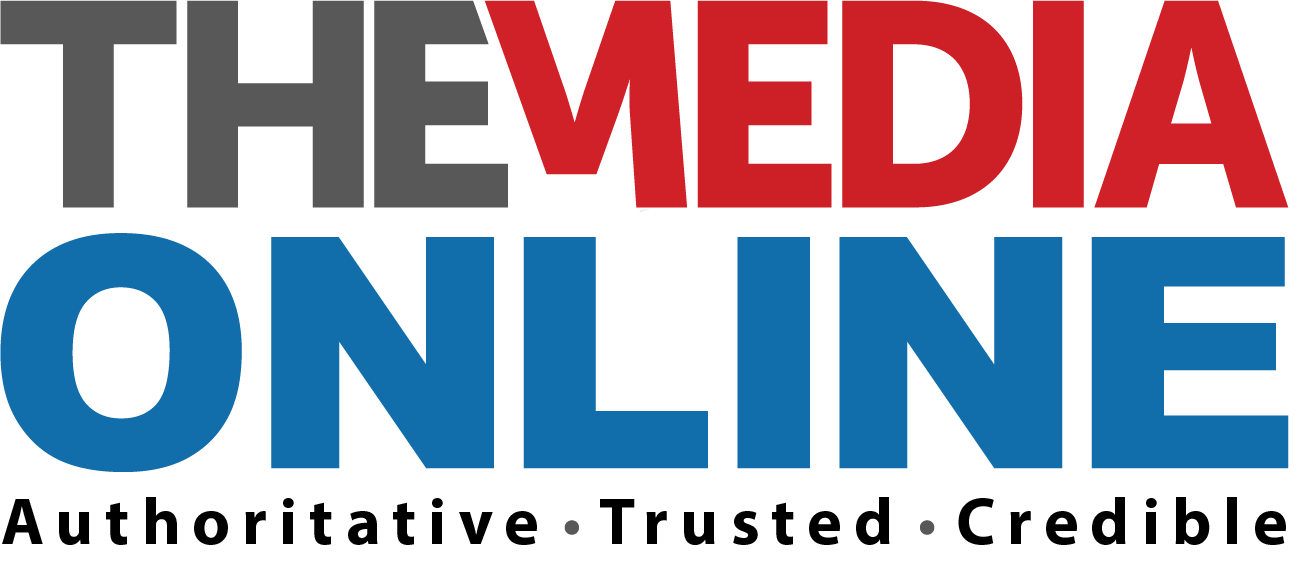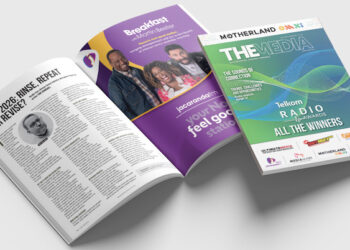Worried your campaign isn’t landing?
Before you blame the creative, the offer, or the platform, take a closer look at your audience targeting. Because even a great campaign, with a compelling message and a strong product, can fall flat when it’s shown to the wrong people.
This is one of the most overlooked truths in marketing, says Flow co-founder and co-CEO, Gil Sperling.
“Maybe your offer isn’t the problem at all – you’re just testing it on the wrong audience.”
Today’s media landscape is saturated and competitive. Marketers have seconds to make an impression and a limited budget to make it count. And yet, many campaigns still rely on broad, outdated, or recycled audience strategies that fail to reflect how consumers actually behave.
When your targeting is misaligned
- Strong creative gets ignored
- Great products look irrelevant
- Conversion rates nosedive
- Marketing teams are left solving the wrong problem
This isn’t just a tactical issue; it’s a strategic blind spot. You could pivot messaging, change pricing or pull back ad budget based on the assumption that something in your campaign or offer is broken, when in fact… it just never reached the right people in the first place.
The cost of getting your target audience wrong
When you miss the mark on targeting, the consequences go far beyond wasted media spend. It can result in:
- False negatives: Campaigns get killed off based on poor results from the wrong consumers.
- Misleading feedback loops: Teams tweak offers or creative based on insights from audiences that were never truly qualified.
- Slower go-to-market: Time and budget get spent testing strategies that could have worked—if only the targeting had.
- Lost share of voice: While you fumble with fit, your competitor may have already reached and converted your ideal audience.
And with Q4 planning already on the horizon for many brands, the cost of running campaigns that miss the mark is about to get even higher.
Match your targeting to your product
The smartest way to connect with your ideal audience is through precise, data-driven targeting – and the fastest path there is with high-quality first-party data. First-party data gives marketers access to real consumers based on actual shopper behaviour and intent signals.
Many businesses rely solely on their own data for this, which can offer valuable insights into existing customers. But it’s a bit like fishing in your own pond: you’ll catch what’s already there, but miss out on a broader opportunity.
For brands looking to grow, the real advantage often lies in accessing a wider pool of high-intent consumers – those actively in-market, but not yet engaged with your brand.
Flow’s first-party data marketplace gives you access to real consumers identified by real, high-intent shopping signals – sourced from trusted South African platforms. You could spend time trying to build that data infrastructure yourself. Or, you could tap into a ready-made ecosystem of premium audience segments from leading retailers, commerce platforms and other consumer facing businesses.
Consistency matters
The magic lies in customisation. With Flow, you can build and refine a specific target audience by drawing from multiple relevant sources. Then, test and tweak until you find your sweet spot – that’s your competitive edge.
A Flow Data Marketplace subscription gives you the flexibility to browse, select and activate premium audience segments and run campaigns across your preferred media channels. Unlike once-off buys, this monthly subscription model allows for consistent targeting and the agility to adjust as your campaigns evolve.
That consistency matters. It enables reliable testing, smarter optimisation, and the chance to scale what works – while also building a strong retargeting base for long-term growth.
What does success look like?
“We’ve seen brands unlock entirely new growth curves just by adjusting who they target,” says Sperling.
“One health food brand, for example, found their best response came not from traditional retail buyers, but from high-LSM, digital-first consumers shopping on their phones. And a home improvement brand gained traction by targeting verified property owners, not just general homeowners.”
In another example, a leading cooldrink brand ran an A/B test on Meta. Their standard high-intent targeting delivered a 0.8% landing page view rate. When they used Flow’s DigsConnect audience instead, it jumped to 1.27% – a 59% lift.
What does that mean? Smarter, sharper targeting that gets the right eyes on your brand. Less wasted spend, more meaningful engagement. Sperling notes, “In all these cases, a well-executed targeting strategy changed the game.”
Get strategic with always-on targeting
Too often, targeting is treated as a tactical execution layer. In reality, it’s a strategic input – one that influences how your campaign performs, what insights you gather, and how fast you grow.
So, before you overhaul your creative, rework your messaging, or rewrite your brand story – ask yourself: Are we even talking to the right people? Then make sure you are – before your competitor does.














